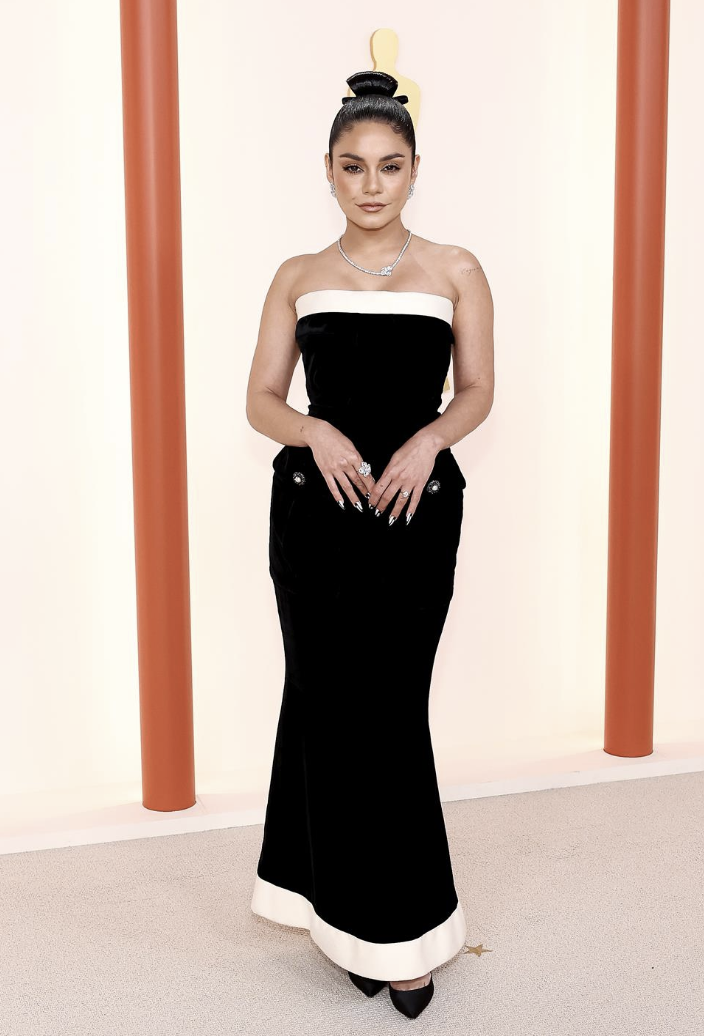Vintage Luxury Brands Lurch into Modernity with Marketing Repositioning
Although many of us may not have the budget to shop luxuriously, designer brands are well-known by many, aside from their loyal customers. Gucci, Prada, Louis Vuitton – you name it – carry a strong brand name. However, these brands have been around for ages, which creates a need for repositioning in the market in order to match evolving retail and consumer trends and desires.
Chanel
Chanel showcased this repositioning strategy with actress Vanessa Hudgens' look on the Oscars red carpet. Hudgens’ wore an elegant, tasteful, vintage gown from the Chanel archives which drew eyes not only to the famous actress but also to the established brand. By bringing out a dress from the back of the closet, Chanel was given the opportunity to promote their brand as timeless yet relevant. Vanessa Hudgens is a young actress continuing to grow in her career, and by styling a vintage Chanel dress Hudgens opened doors for younger consumers to browse Chanel stores.
Tiffany & Co.
Another luxury brand to recently reposition their marketing strategy is Tiffany & Co. Known for their heart-shaped necklaces and pristine jewelry, Tiffany has created a loyal consumer base that keeps coming back for the newest pair of diamonds. However, Tiffany has recently—and boldly—entered a new market: footwear. Yes, you hear that right. Tiffany and Nike have collaborated to bring customers an elevated sneaker with a touch of Tiffany turquoise. Tiffany took this move to “shake off its old-fashioned image and attract younger customers” (Business Insider).
Gucci
Now let’s revisit an older example of this tactic taken on by designer brands. Gucci, founded in 1921, soared into success through creating and selling monogrammed handbags and loafers with its’ iconic green and red bands. However, by 1990, Gucci faced a dip in profits and popularity due to a sense of outdatedness associated with their brand. But don’t fret—Tom Ford was brought onto the team as Creative Director and pulled Gucci out of its rut. Ford completely pivoted the marketing strategy of the brand from “old school luxury to Millennium-defining porno chic” (Strategy Story). Ford renovated the clothing line to include modern yet elegant pieces, such as the Gucci Belt that populates the Gen Z market to this day, as well as deliberately created sexually suggestive ads. This approach mimics shock advertising, which is when a brand’s ads intentionally “startle and offend its audience” by violating social norms. Shock advertising allowed Gucci to attract a new, young audience and boost sales, proving this tactic highly effective in our society today.
All in all, luxury brands are here to stay. They may appear old-fashioned, but across the board, these designers are timeless yet relevant and will continue to evolve, grow, and stun audiences with glamorous apparel and accessories.




